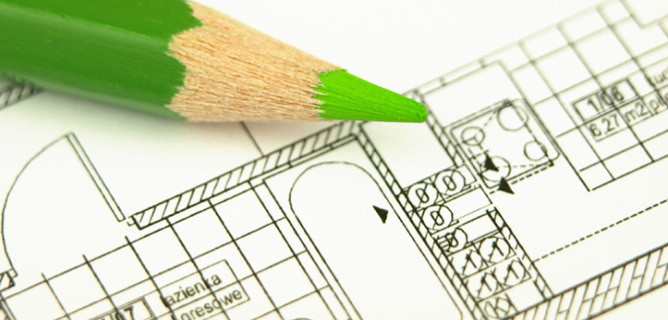 Green homes have many advantages-for builders and consumers as well as the environment.
Green homes have many advantages-for builders and consumers as well as the environment.
For builders, they offer the ability to differentiate your homes from others on the market, reduced callbacks, and the potential for increased profit.
For consumers, they offer better indoor air quality, lower operating costs, reduced maintenance, and higher resale values.
For the environment, green homes offer greater energy, water and resource efficiency, and reduced impact overall.There has never been a better time to build green homes. Consumer demand is on the rise and homeowners are increasingly willing to pay a premium for green features. There is also an abundance of resources-from the National Association of Home Builders’ (NAHB) Model Green Home Building Guidelines to the many programs based on the guidelines offered by local home builder associations. As a result, help is never more than the click of a mouse or a phone call away.
MYTH #1 – Green building is complicated.
Some people go to great lengths to build green homes-installing solar panels or a geothermal heat pump for renewable power, for example. Others build green by adding extra insulation or energy-efficient appliances. Choose the level that works for you, and enjoy the satisfaction that comes from knowing that the changes you made are good for your customers, your business and the environment.
MYTH #2 – Consumers aren’t concerned with building green.
While the overall housing market continues to cool, the green building sector is expected to increase from its current value of $1.8 billion to between $6.5 billion and $19.6 billion by 2010, according to a recent study by the NAHB and McGraw Hill Construction. Most green home buyers look for a variety of features, including energy conservation (such as solar energy and fluorescent lighting), renewable or recycled materials, anything that reduces global warming, and lower operational costs.
MYTH #3 – Green building is expensive.
To stabilize mortgage and credit markets, the first order of business is to provide liquidity and to restore confidence. The Fed has injected billions of dollars into credit markets and cut the discount rate by a half of a percentage point in an effort to increase liquidity in credit markets. That’s an important first step, but it’s not enough. The National Association of Homebuilders (NAHB) is calling for, and anticipating, another rate cut at or before the next scheduled Federal Reserve meeting in mid September. Also, the NAHB has been urging federal regulators to increase the portfolio caps on Fannie Mae and Freddie Mac – a move that can be taken immediately and would increase liquidity in mortgage markets. Adding more liquidity to the system is certainly the first step in easing that situation and restoring investor confidence.
Courtland Building Company would love to help you plan your green home, call us today: (281) 932-4494
Visit our website: www.courtlandbuildingcompany.com Follow Us on Facebook – Twitter – LinkedIn

